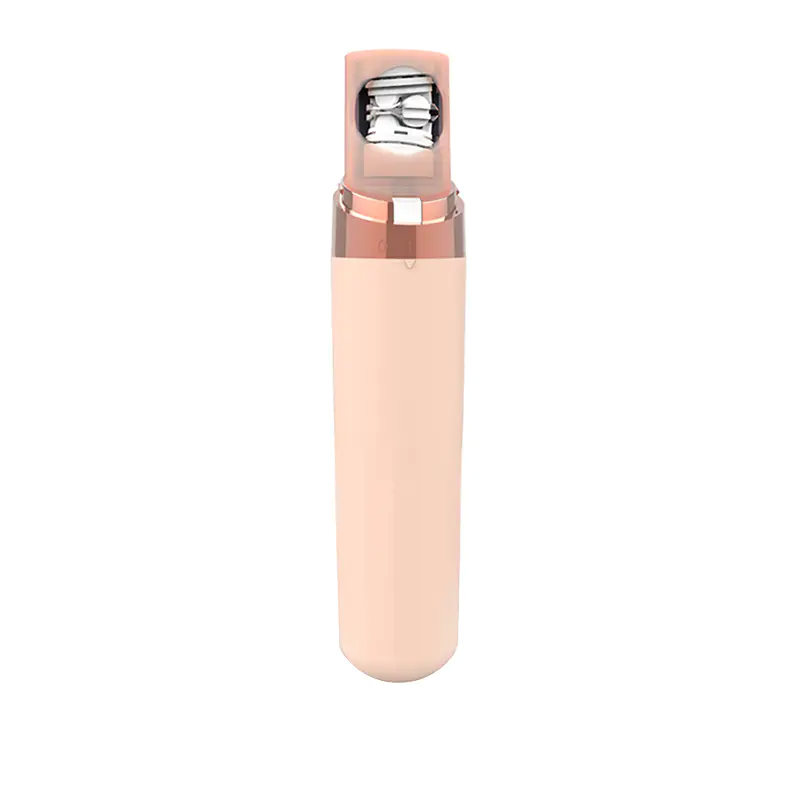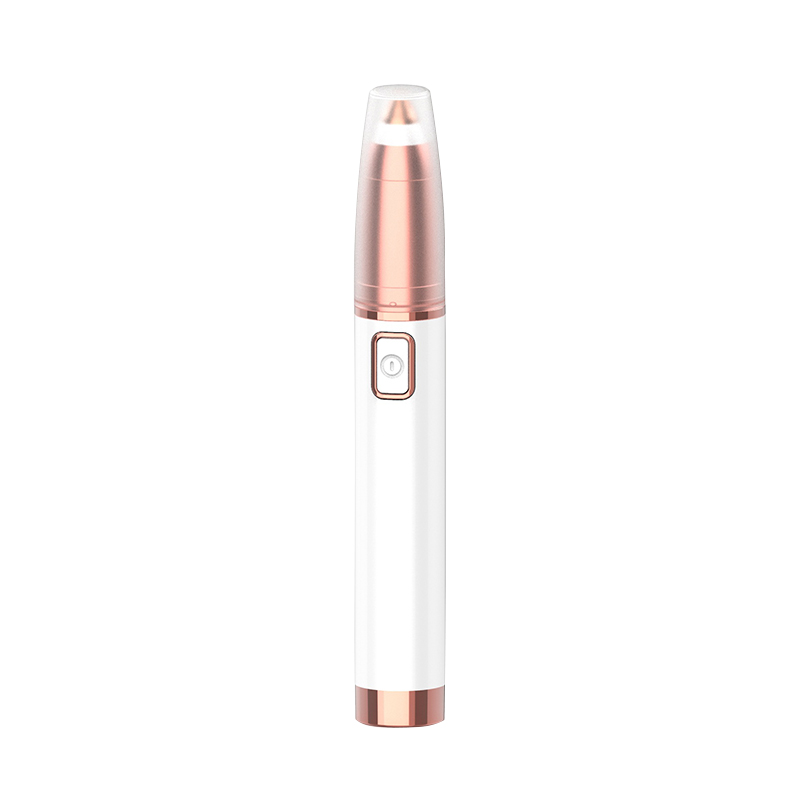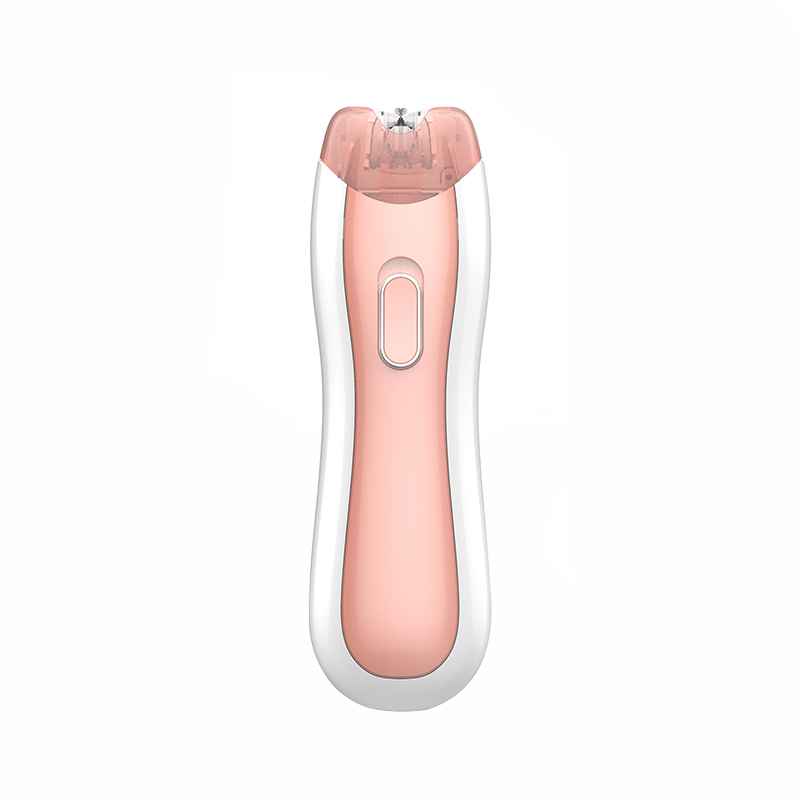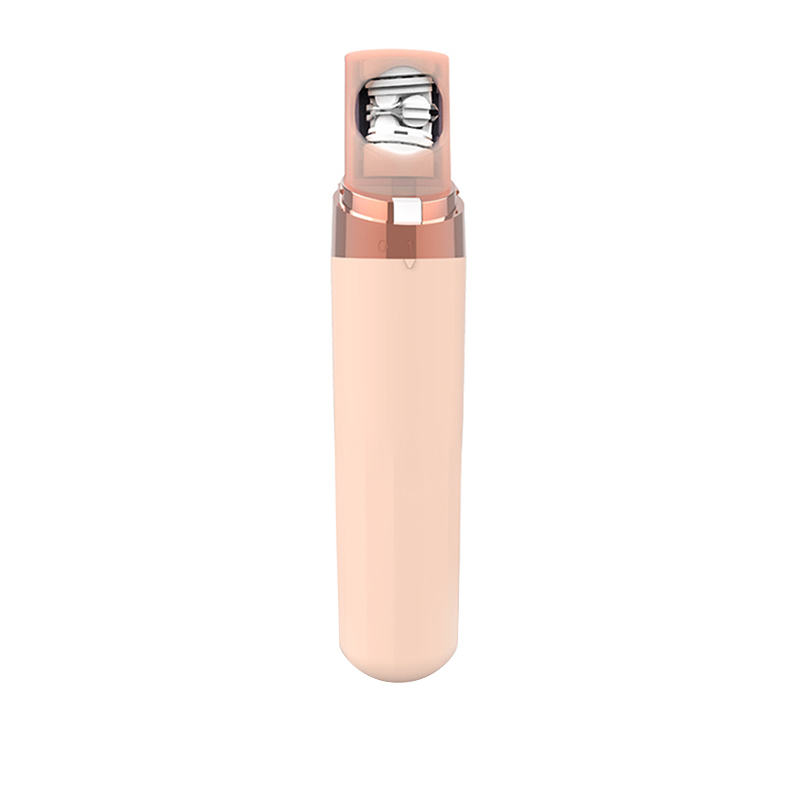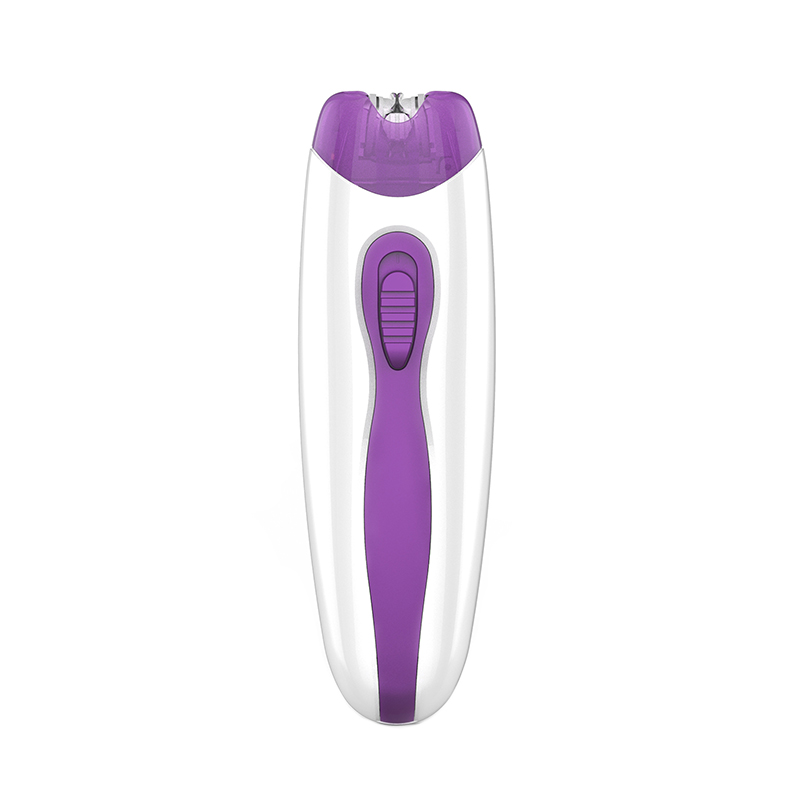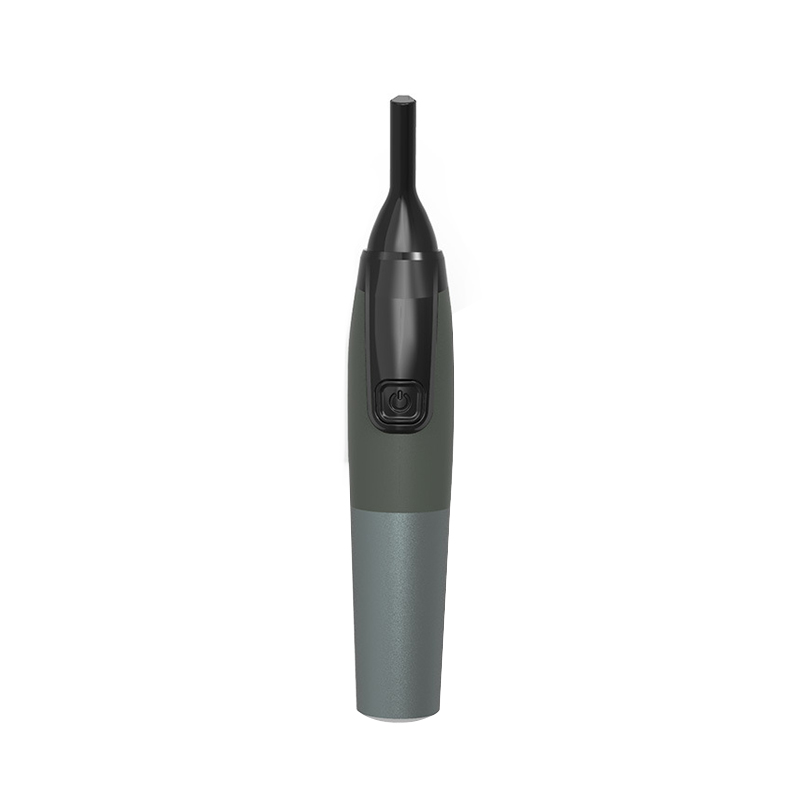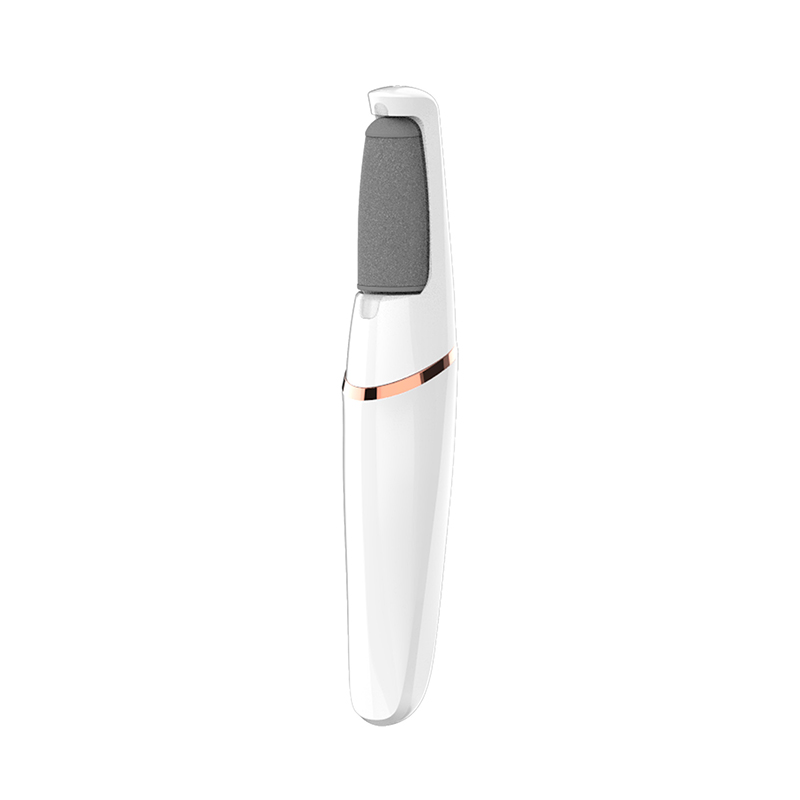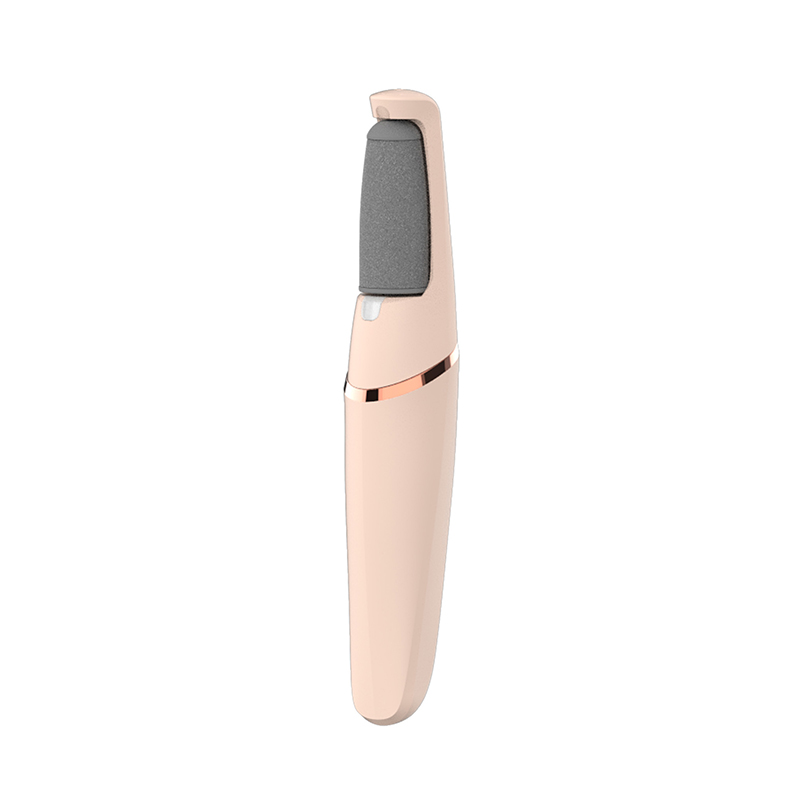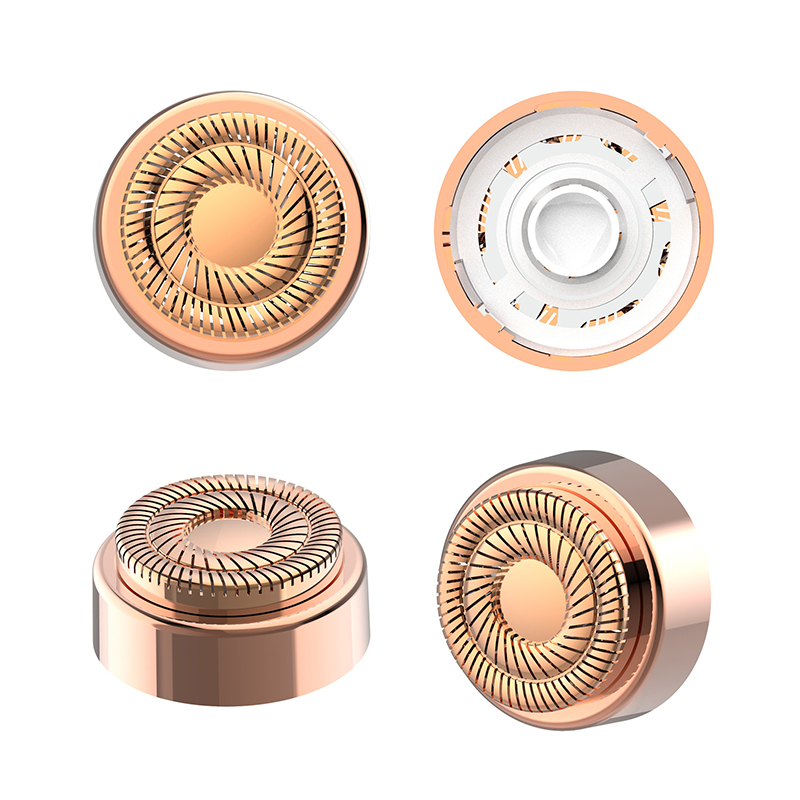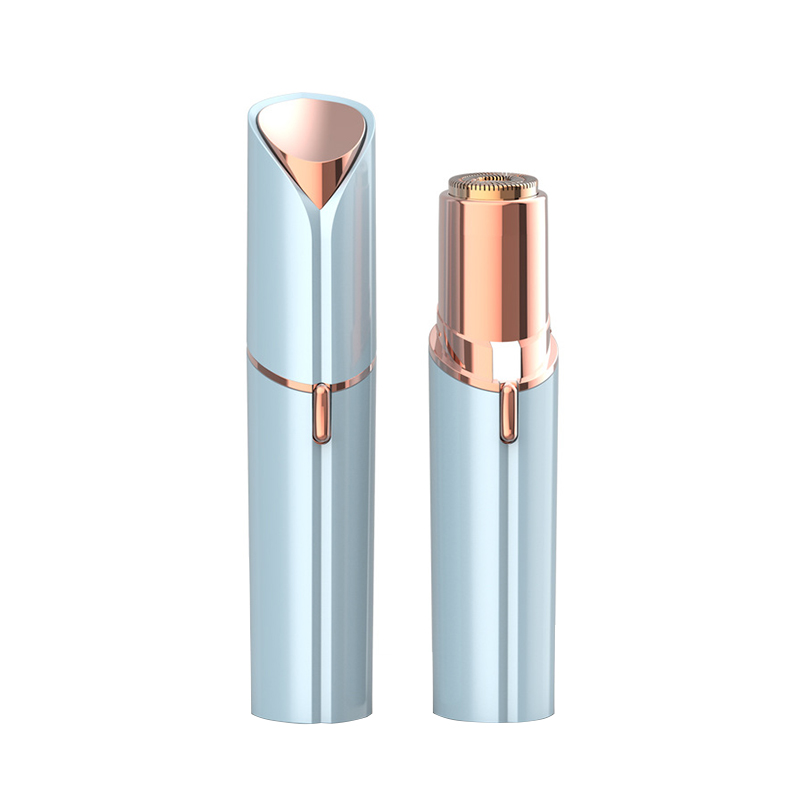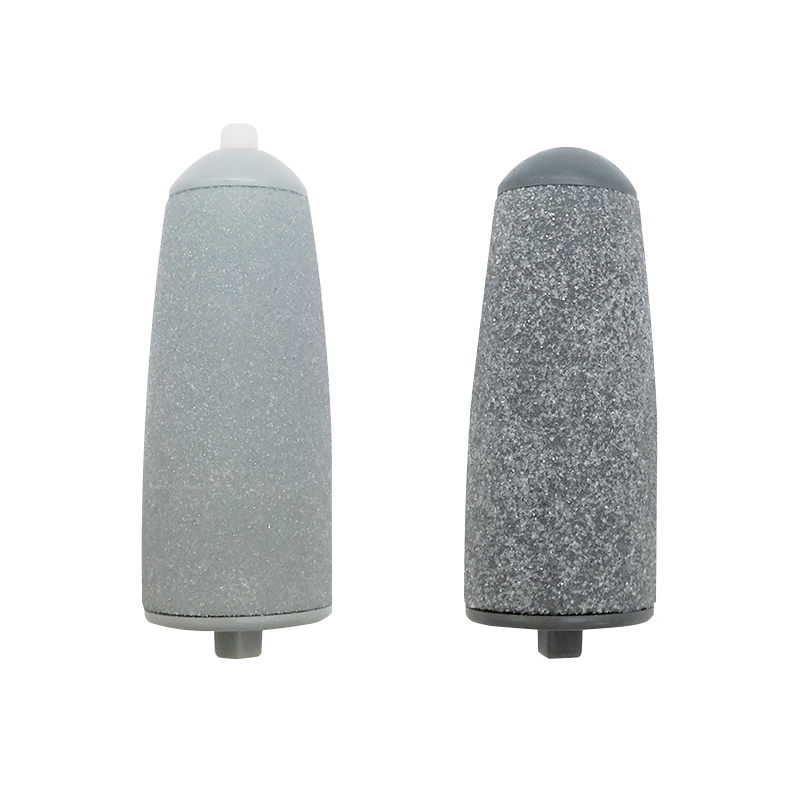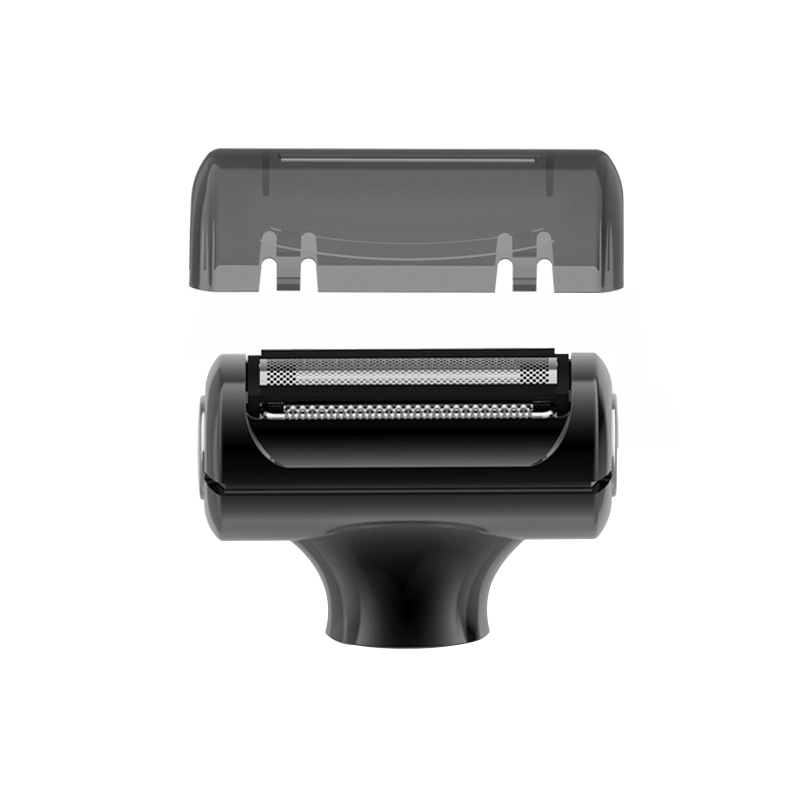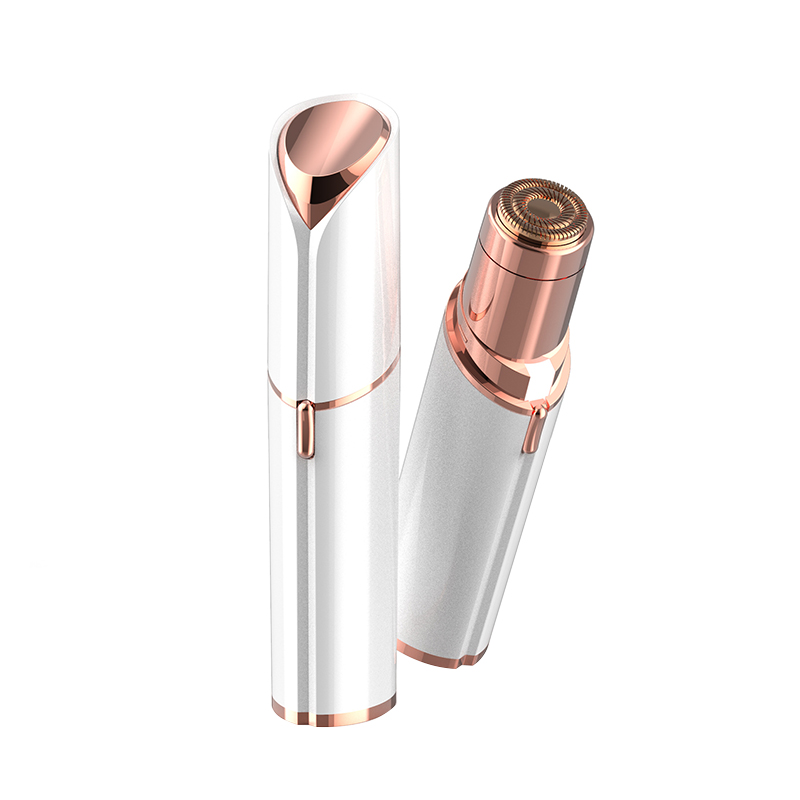Achieving smooth, hair-free facial skin requires careful attention not just during the removal process, but critically, in the hours and days immediately afterward. Whether you use depilatory creams, waxing, threading, Electric Facial Hair Remover, or shaving, your skin undergoes temporary stress. Knowing what to avoid is crucial for minimizing irritation, preventing complications, and promoting optimal skin health.
1. Sun Exposure: The Prime Culprit to Avoid
- Why: Facial skin, especially immediately after hair removal, is highly vulnerable. Techniques like waxing, threading, and epilating remove hair from the root, leaving micro-openings. Depilatories and shaving can cause microscopic abrasions and strip the skin's protective barrier. UV radiation intensifies inflammation, significantly increases redness and swelling, and dramatically raises the risk of post-inflammatory hyperpigmentation (dark spots) and long-term sun damage.
- Avoid: Direct sun exposure for at least 24-48 hours post-treatment. Be exceptionally vigilant if using methods that remove hair from the root (waxing, threading, epilating), where sensitivity persists longer.
- Instead: If going outdoors is unavoidable, apply a broad-spectrum sunscreen (SPF 30 or higher, mineral formulas like zinc oxide/titanium dioxide are often gentler on sensitized skin) liberally and wear a wide-brimmed hat. Seek shade actively.
2. Harsh Skincare Products & Exfoliation: Aggravating Vulnerability
- Why: Freshly treated skin is compromised. Its natural barrier is weakened, making it far more susceptible to stinging, burning, and inflammation from potent ingredients.
- Avoid:
- Exfoliants (Physical & Chemical): Avoid scrubs, brushes, AHAs (glycolic, lactic acid), BHAs (salicylic acid), retinoids (retinol, tretinoin), and strong enzymes for at least 24-48 hours (wait longer for methods like waxing/epilating – sometimes up to 72 hours). These can cause severe irritation and micro-tears.
- Alcohol-based Products: Toners, astringents, and some cleansers containing high alcohol content will sting and dry out sensitized skin excessively.
- Fragranced Products: Synthetic fragrances are common irritants, especially on compromised skin.
- Strong Actives: Vitamin C (in high concentrations), acne treatments (high-strength benzoyl peroxide), and other potent serums should be paused initially.
- Instead: Use only lukewarm water and a very gentle, fragrance-free cleanser for the first day or two. Follow with a simple, soothing, fragrance-free moisturizer formulated for sensitive skin. Reintroduce actives gradually only after skin feels completely calm and normalized.
3. Touching or Picking: Introducing Risk
- Why: Your hands carry bacteria. Touching treated areas, especially if there's minor redness, swelling, or tiny bumps, transfers microbes that can lead to infections or exacerbate inflammation. Picking at ingrown hairs prematurely can cause scarring and further infection.
- Avoid: Constantly touching your face or attempting to squeeze or pick at any bumps or ingrown hairs that may appear. Allow the skin to heal undisturbed.
- Instead: Keep hands away. If persistent issues like ingrown hairs occur after the initial healing period (several days), address them gently with appropriate care (like a warm compress and later reintroduction of mild exfoliation).
4. Heat & Excessive Sweating: Fueling Inflammation
- Why: Heat dilates blood vessels and pores, increasing blood flow to the treated area. This intensifies redness, swelling (inflammation), and sensitivity. Sweat can carry salts and bacteria into compromised follicles or micro-abrasions, causing stinging and potential breakouts.
- Avoid:
- Hot showers, baths, steam rooms, and saunas for at least 24 hours.
- Strenuous exercise or activities causing heavy sweating for 24-48 hours.
- Applying hot towels or compresses immediately after.
- Instead: Opt for lukewarm water when cleansing. Postpone intense workouts. Keep the treated area cool and dry.
5. Makeup Application: Clogging and Irritation
- Why: Immediately after hair removal, pores can be open or follicles sensitized. Applying makeup brushes/sponges (which harbor bacteria) and cosmetic products can introduce bacteria, clog pores, and trap potential irritants against vulnerable skin, leading to breakouts or irritation.
- Avoid: Applying foundation, concealer, blush, powder, etc., to the treated area for ideally 12-24 hours, or longer if the skin feels particularly sensitive or visibly inflamed.
- Instead: Allow the skin to breathe and recover. If minimal makeup is absolutely necessary, ensure tools are impeccably clean and opt for minimal, non-comedogenic products, applied lightly. Prioritize skin healing.
6. Swimming (Chlorine/Salt Water): Chemical Assault
- Why: Chlorine in pools is a potent disinfectant and irritant. Salt water can be drying and sting. Both can penetrate sensitized skin easily, causing significant burning, dryness, redness, and potential chemical irritation.
- Avoid: Swimming in chlorinated pools or salt water (oceans, saltwater pools) for at least 24-48 hours after facial hair removal.
- Instead: Wait until the skin feels fully comfortable and shows no signs of sensitivity before resuming swimming activities.
Facial hair removal, while effective, is an intervention your skin needs to recover from. By diligently avoiding these common pitfalls – sun exposure, harsh products, touching/picking, heat/sweat, immediate makeup, and swimming – you actively support your skin's natural healing process. This significantly reduces the risk of adverse reactions like hyperpigmentation, breakouts, infections, and prolonged irritation, ensuring you achieve the smooth, clear, and healthy-looking complexion you desire. Always listen to your skin; if sensitivity or redness persists longer than expected, consult a dermatologist.



